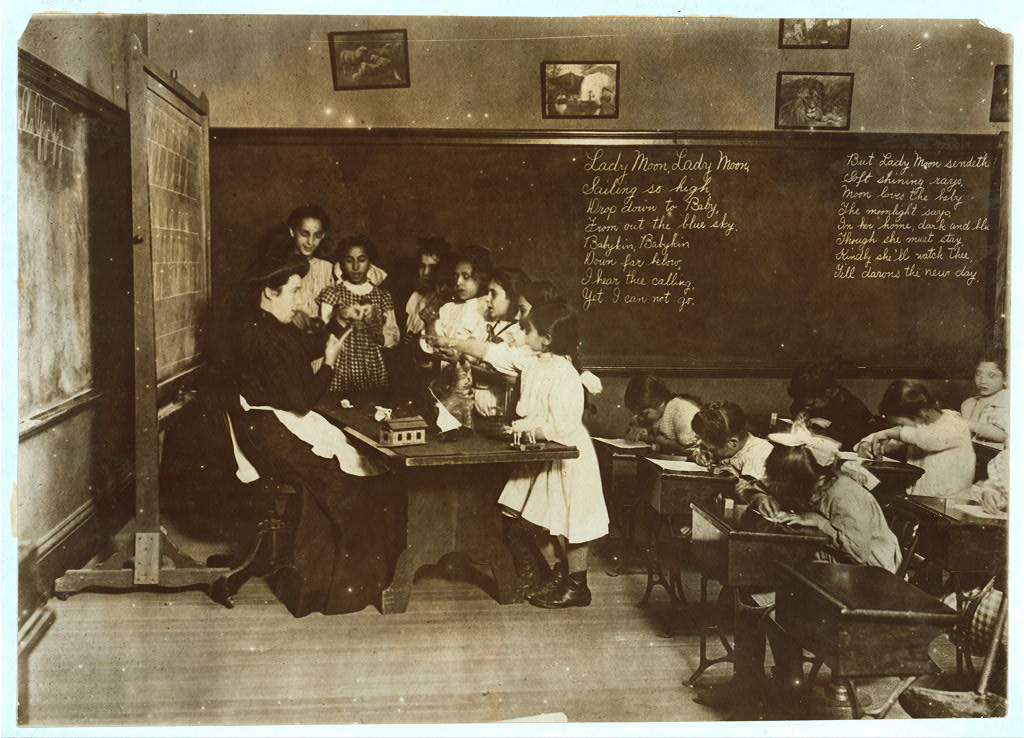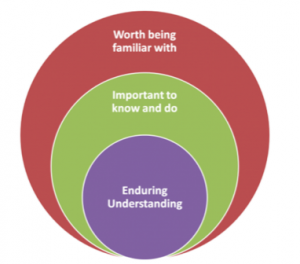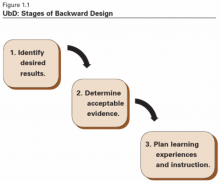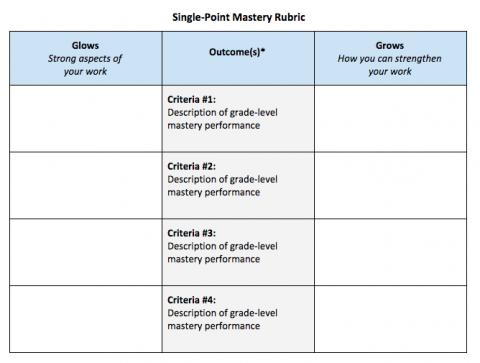
ASSESSMENT STRATEGIES
It is vital to measure what students know and are able to do.
On this page, we feature strategies that enable educators to gauge learning throughout a lesson, and to differentiate instruction and assessment to meet the needs of diverse learners, including students with disabilities.
Assessment for Learning & Stages of Assessment
Educators are increasingly emphasizing assessment as a tool for improving and enhancing learning, rather than merely as a measure of district performance. With this approach, assessment serves to gather information about what students know at the start of a unit or lesson (pre-assessment), at intervals throughout the unit or lesson (formative assessments), and at the end (summative assessment). Effective assessment focuses teacher attention on individual students' needs, including specific misconceptions and gaps in knowledge and skills.
A clear and concise overview on assessment, focused on teaching learners with diverse learning styles, appears in the instructional guide for History teachers of the Massachusetts Department of Youth Services: Chapter 9: Assessment. (The chapter is on pages 267-280 of the U.S. History II: Teaching Social Studies in Massachusetts Department of Youth Services Schools, 2011 Edition.)
 From Bowen, Ryan S., (2017). Understanding by Design. Vanderbilt University Center for Teaching.
From Bowen, Ryan S., (2017). Understanding by Design. Vanderbilt University Center for Teaching.
Principles Guiding Assessment
Set Clear Standards (in Skills and Content)
- Literacy Assessments – Align to literacy standards and higher order thinking.
- Skills Assessments – Align to inquiry practice standards.
- Content Assessments – Align to disciplinary content standards
Make Assessment Authentic
- Make tasks as close as possible to real-world applications.
- Teach students to provide peer review.
- Where possible, involve community members in communicating standards and providing feedback.
Support Choices of Expression and Action
A core principle of Universal Design for Learning is that students should have opportunities to choose between a range of modes of expression and action. The Emerging America Lesson Design Toolkit–in our library of Teaching Resources–offers powerful, practical tools to expand and support a broad range of assessment tools.
Clearly Communicate Standards to Students
All students benefit when teachers post daily learning objectives in student-friendly terms. (See example of a "single-point rubric" below.)
Vanderbilt University.
Bowen, Ryan S., (2017).
https://cft.vanderbilt.edu/understanding-by-design/
Design Instruction "Backwards"
Emerging America employs a standards-oriented approach to instructional design in which lessons are built to support the intended learning goals.
Assessment Tools
Pre-assessment
- Fist to five – quick check in
- Matching activity for knowledge and vocabulary
- Quick Write / Write into the Day
- Complete sentence stems about the topic and/or key vocabulary
- Google Forms
- Complete a graphic organizer to show extent of prior knowledge
- What we think we know about...
- Right Question Institute protocol for generating and prioritizing questions
Formative Assessment
Formative assessments provide a snapshot of how well students have understood the material.
- Fist to five – quick check in
- Quick Write / Write into the Day
- 3-2-1 Formative
- Exit Tickets
- GoFormative
- Kahoot
- PollEverywhere
- Google Forms
- Creating a cartoon
- Teach students to take notes on their reading and analysis of primary sources using sketchnotes, See What is Sketchnoting?
Summative Assessment
- DBQs – One common strategy for summative assessment is for students to demonstrate knowledge and skills of analysis through a Document Based Question (DBQ) assessment. Students analyze a given set of primary and secondary sources and craft an answer (in writing or other format) to a teacher-generated question.
- DBQs play a central role in Advanced Placement (AP) tests.
- Historical Lab activities can prepare students for a summative DBQ assessment and provide teachers snapshots into student learning.
- Boston Massacre model
- Civil Rights model
- Water Quality Study
- Note that the DBQ assessment typically have limited ability to sharpen students’ skills in developing their own questions.
- Alternate Assessment Products:
- Brochure Project
- Gallery Walk w/ primary source documents
- Posters
- Role Playing Editorial (performance)
- List of Authentic Assessment Ideas from Chicago Grassroots Curriculum.
- Unit Capstone Projects – A class project can allow for differentiation in how students express what they have learned, and can harness the added engagement that comes from connecting learning to action. An example of a capstone project that combines arts integration, emotional investment, choice, and differentiation is the Monument Making project described in the linked Facing History video (4:36 minutes). Students completed a study unit on the Holocaust by designing and constructing a memorial sculpture that was made of cement casts of their own clasped hands.
- Question-generation and prioritization based on taught content for summative assessment: "based on what you know now, what questions should be asked about....". https://rightquestion.org/resources/qft-summative-assessment/
Evaluating Student Work
Rubrics are frequently used to communicate expectations and standards to students. Making expectations as clear, simple, and easily understood as possible is a practice of value to all learners.
A streamlined rubric form, using one column to specify the target standard, offers advantages for accessibility–especially fewer words to absorb–over more typical multi-column rubrics. This Single-Point Mastery Rubric is an example.




